22.11.2020 / 13.00 MEZ
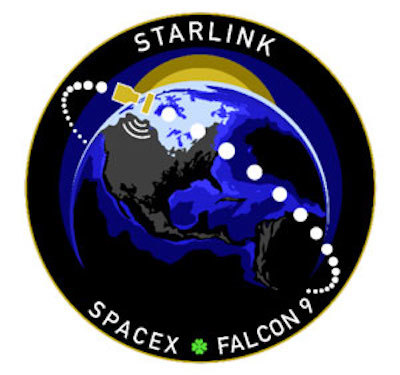

SpaceX is targeting Sunday, November 22 for launch of its sixteenth Starlink mission, which will launch 60 Starlink satellites from Space Launch Complex 40 (SLC-40) at Cape Canaveral Air Force Station. The instantaneous launch window is at 9:56 p.m. EST, 02:56 UTC on Monday, November 23.
The Falcon 9 first stage rocket booster supporting this mission previously flew on six other missions: the Telstar 18 VANTAGE mission in September 2018, the Iridium-8 mission in January 2019, and four Starlink missions in May 2019, January 2020, June 2020, and August 2020. Following stage separation, SpaceX will land Falcon 9’s first stage on the “Of Course I Still Love You” droneship, which will be located in the Atlantic Ocean. One half of Falcon 9’s fairing previously supported a mission, and the other half previously two.
You can watch a live webcast of this mission, which will begin about 15 minutes prior to liftoff, by clicking the image above.
Last month, SpaceX launched its “Better Than Nothing Beta” test program. Service invites were sent to a portion of those who requested availability updates on Starlink.com and who live in serviceable areas. A couple weeks ago, Canada granted Starlink regulatory approval and last week SpaceX rolled out the service to parts of parts of southern Canada.
If you would like to learn more about the service, please visit the Reddit AMA SpaceX engineers recently participated in.
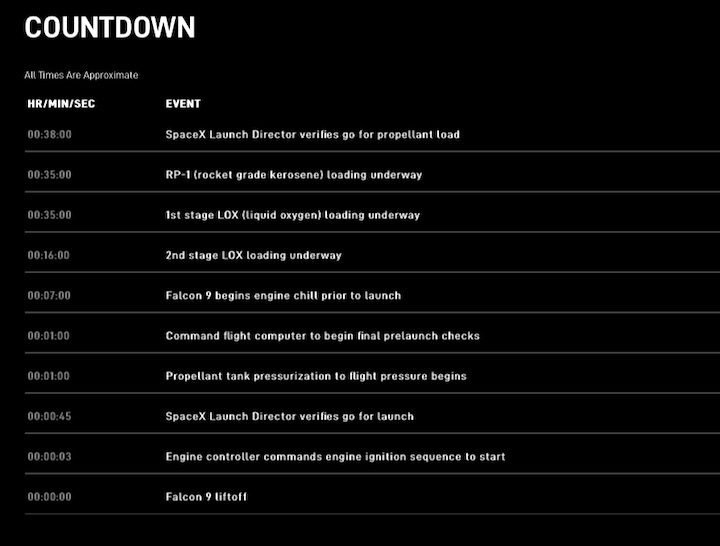
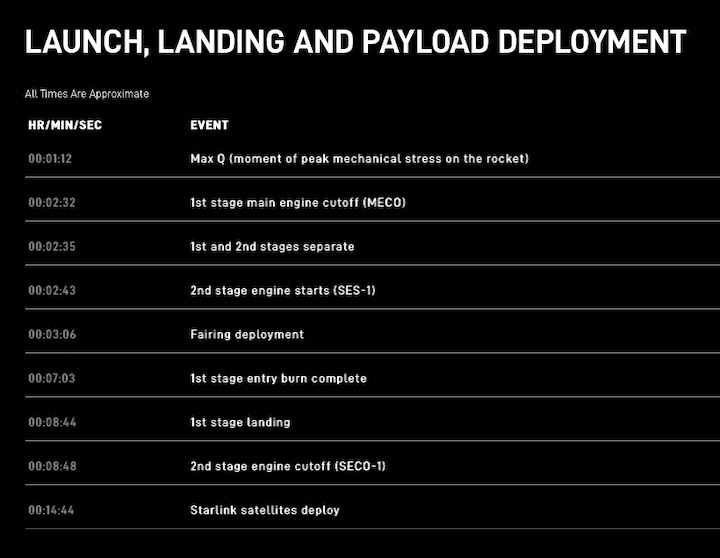
Quelle: SpaceX
+++
SpaceX aims for another Starlink launch Sunday night
SpaceX is set to send its 16th batch of Starlink satellites to low Earth orbit from Cape Canaveral Air Force station on Florida's Space Coast Sunday night. The 45th Space Wing forecasts weather is 70% "go" for the 9:56 p.m. launch, although high winds at liftoff could be an issue.
This latest batch of 60 satellites brings the total number launched by SpaceX to nearly a thousand. Ultimately the satellite constellation will provide high-speed broadband internet to rural areas.
Starlink satellites are now in beta testing in select areas in the United States. Early beta testers paid a one-time equipment fee of $499 and a monthly service cost of $99 per month and were warned to expect periodic outages and speeds between 50 to 150 Mbps.
In a nod to its experimental nature, SpaceX is referring to the trial run as "Starlink's Better Than Nothing Beta" program.
The Starlink network appears to already be paying dividends for the company that wants to use it for funding eventual trips to the moon and Mars.
In batches of about 60 at a time, SpaceX has launched 15 successful Starlink missions from a mix of Kennedy Space Center and Cape Canaveral Air Force Station launch pads. That cadence made the California-based company the world's largest satellite operator by volume last November.
Emergency personnel battling wildfires, a Native American tribe, and even the Department of Defense have all stepped up to express their interest in the broadband constellation designed to bypass complicated ground infrastructure.
Sunday launch
- Rocket: SpaceX Falcon 9
- Mission: Starlink
- Launch time: 9:56 p.m.
- Launch Complex: 40 at Cape Canaveral Air Force Station
- Landing: Drone ship
- Weather: 70% "go"
Quelle: Florida Today
----
Update: 23.11.2020
.
Updates: SpaceX scrubs Sunday Starlink launch from Cape Canaveral
Update, 9:22 p.m. Sunday: SpaceX scrubbed this launch attempt due to unreleased technical issues, citing only "mission assurance" as the reason. Teams are targeting 9:34 p.m. Monday, Nov. 23, for the next attempt.
Watch live and join our chat below as SpaceX targets 9:56 p.m. Sunday for the launch of 60 Starlink satellites from Cape Canaveral Air Force Station in Florida, the company's 16th mission to date.
Tonight's launch is instantaneous, meaning Falcon 9 must launch on time or delay to another day. After liftoff, the rocket's first stage will target a drone ship landing.
Quelle: Florida Today
----
Update: 25.11.2020
.
SpaceX’s 15th Starlink v1.0 mission and 16th Starlink launch
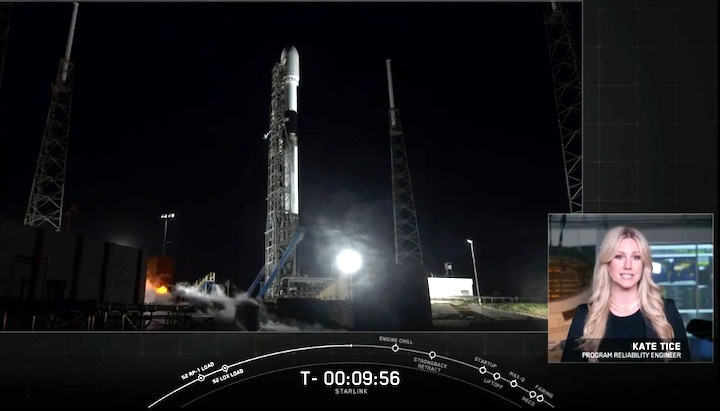
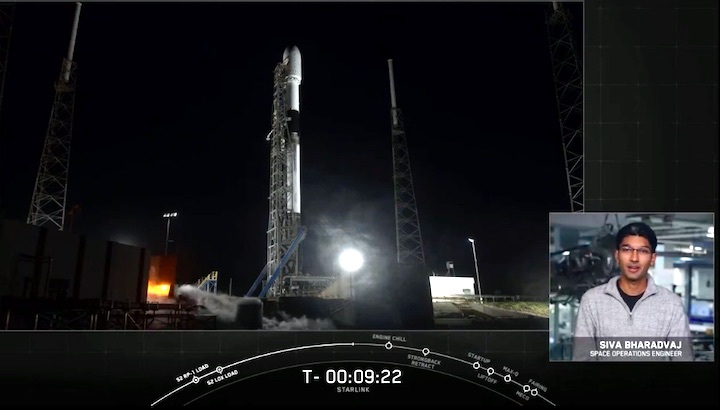

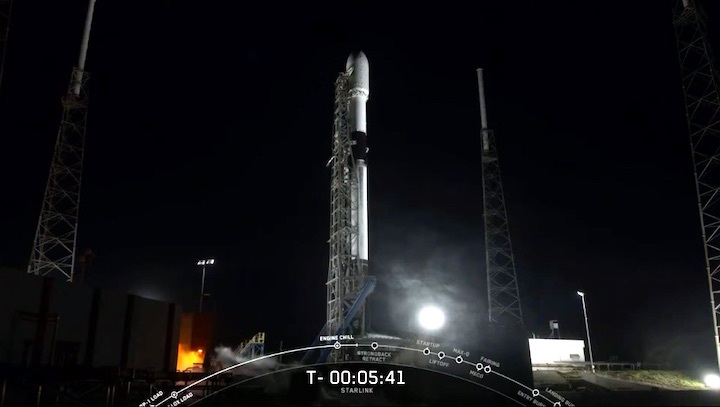
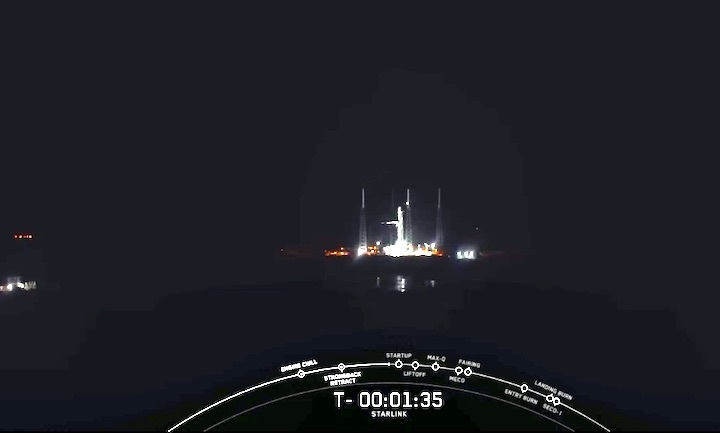
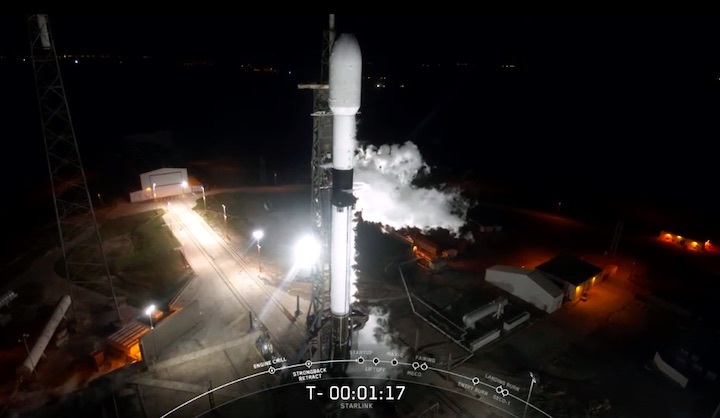
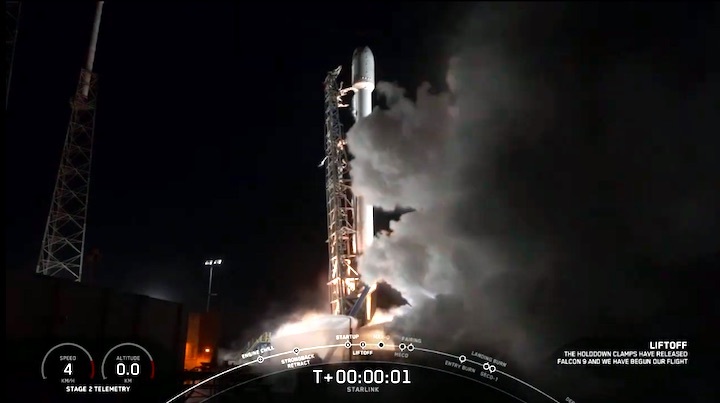
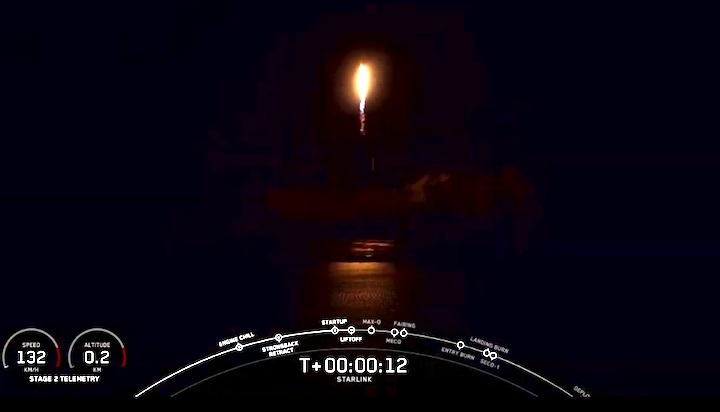
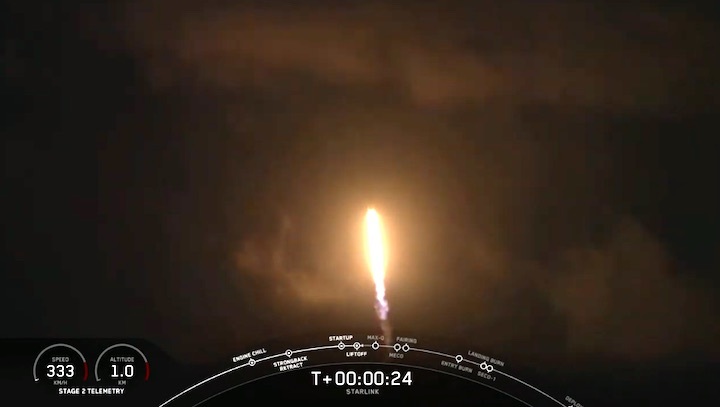
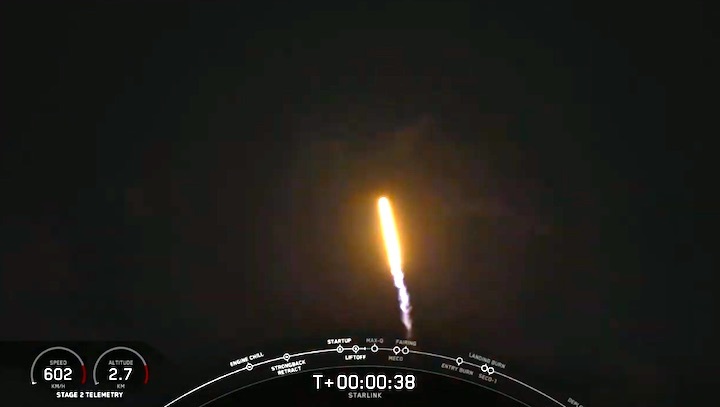
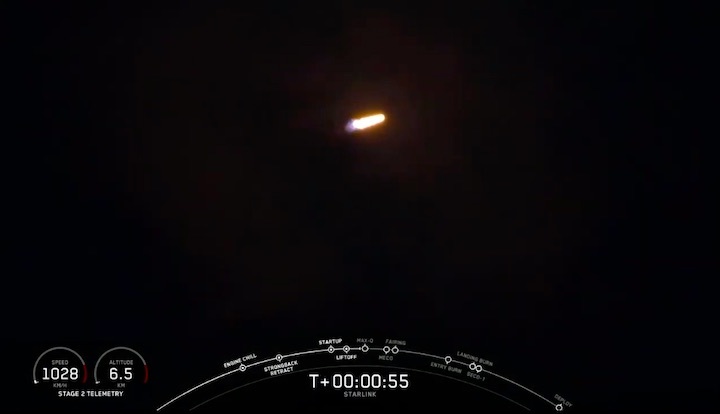
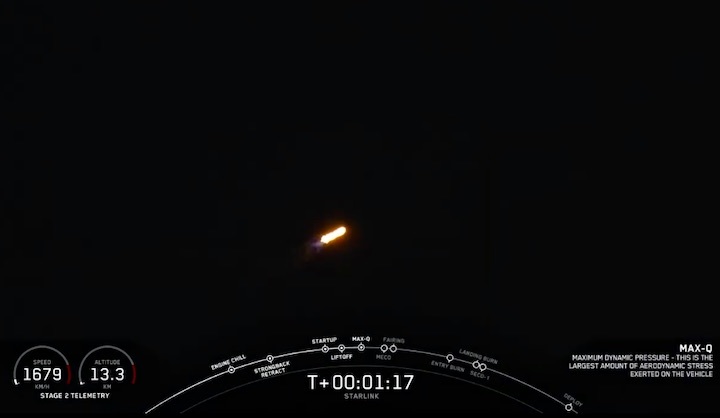
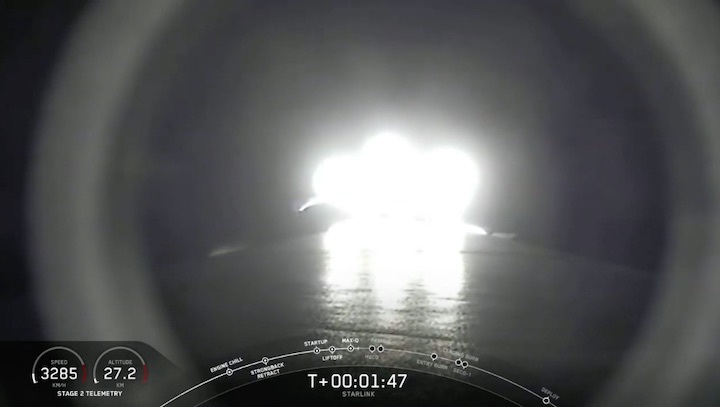
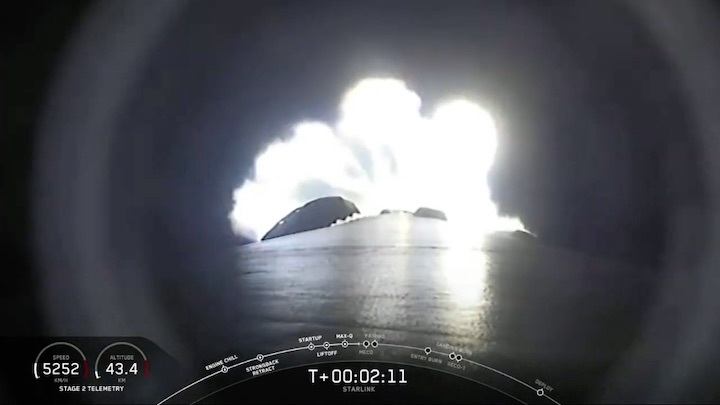
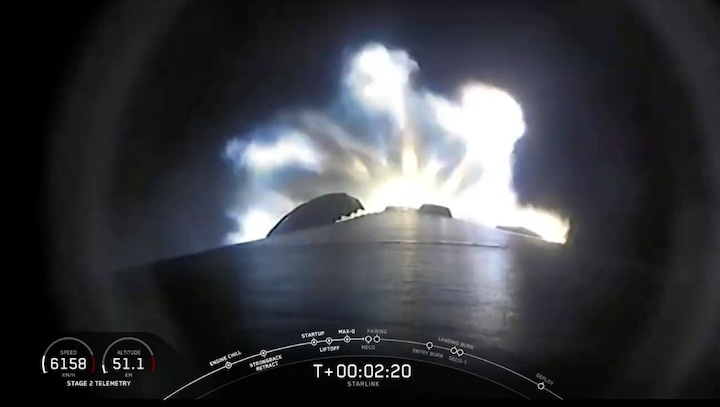
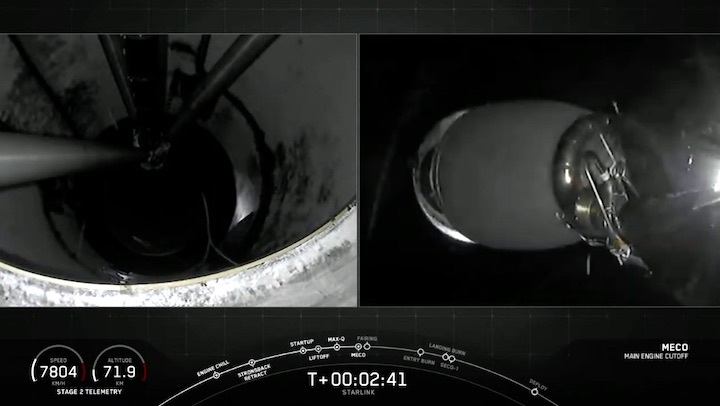

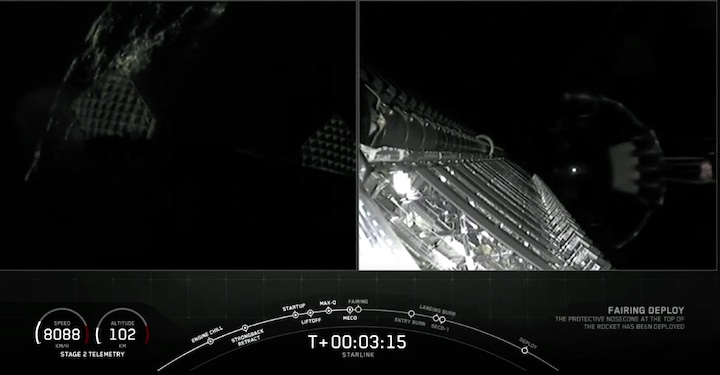
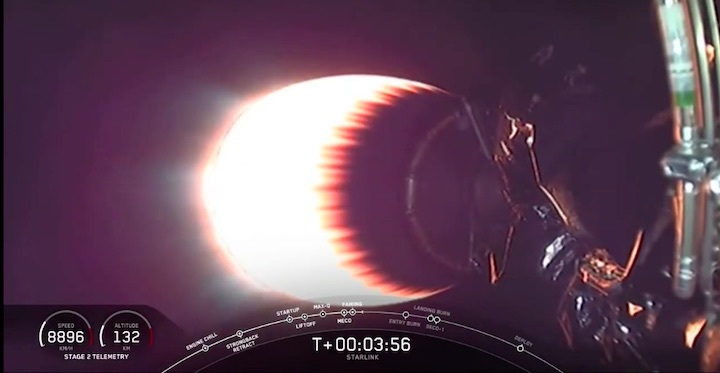
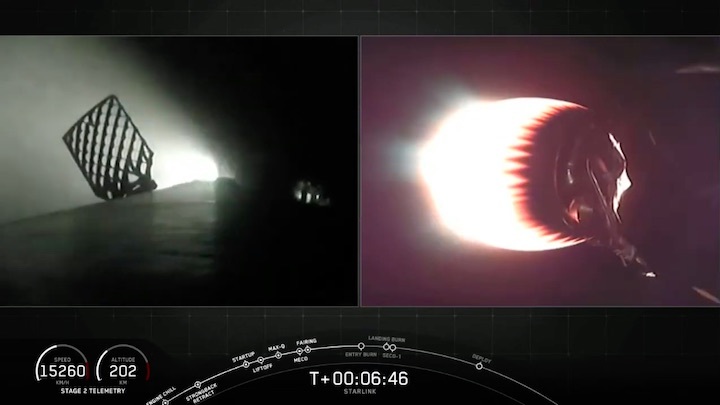

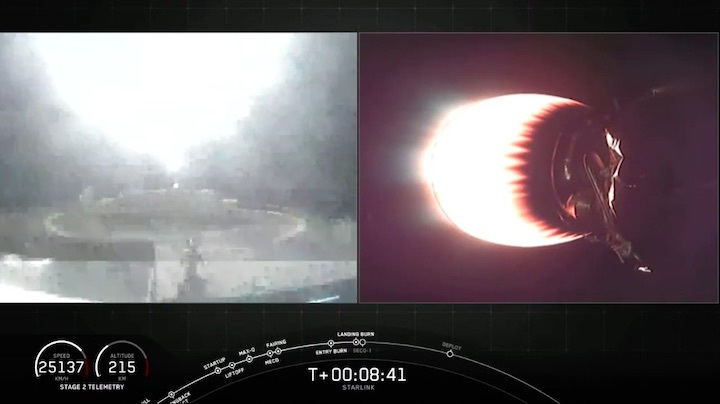
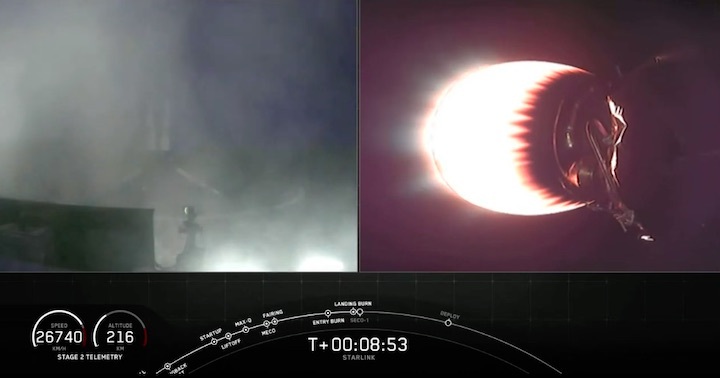
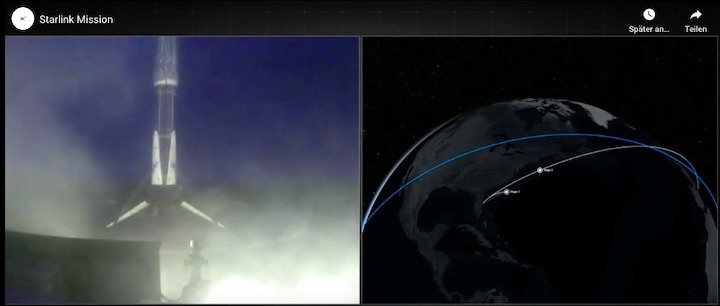
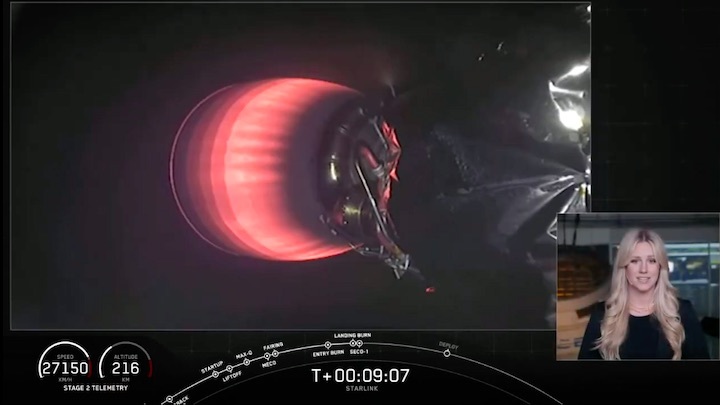
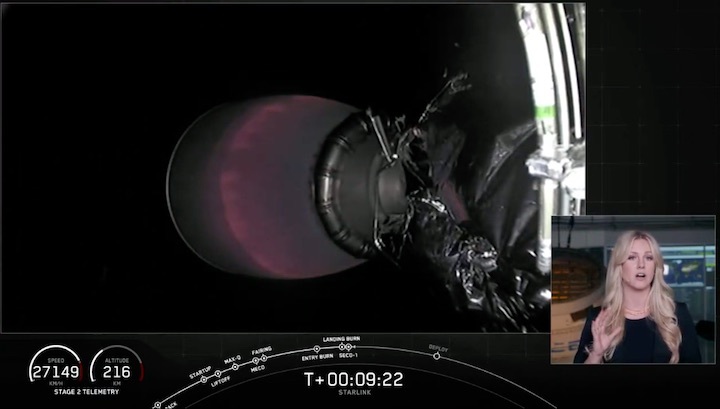
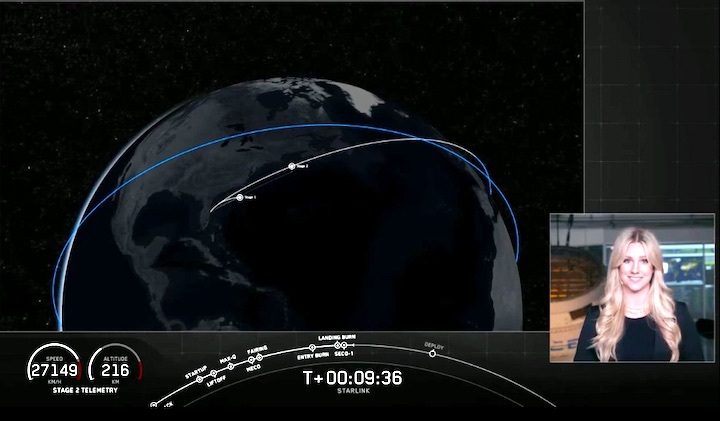
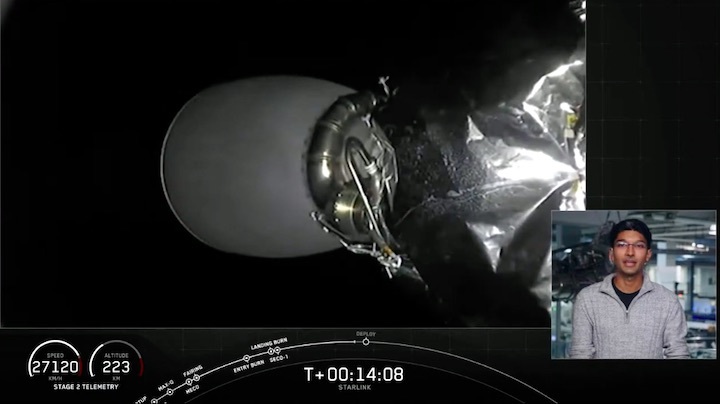
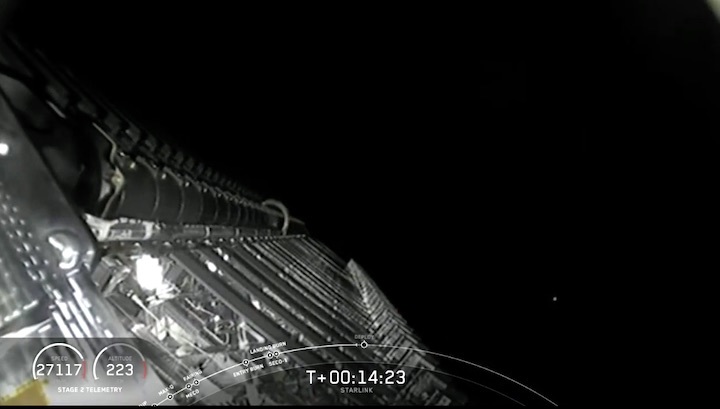
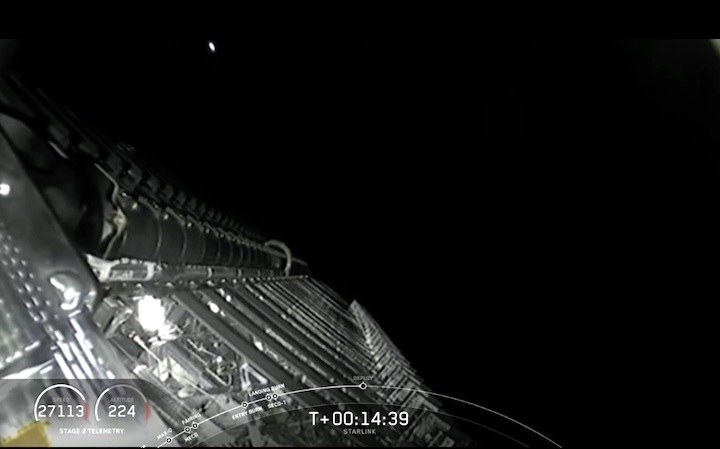
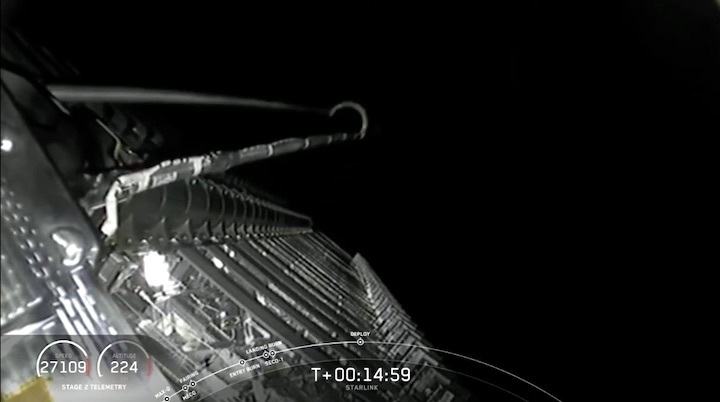

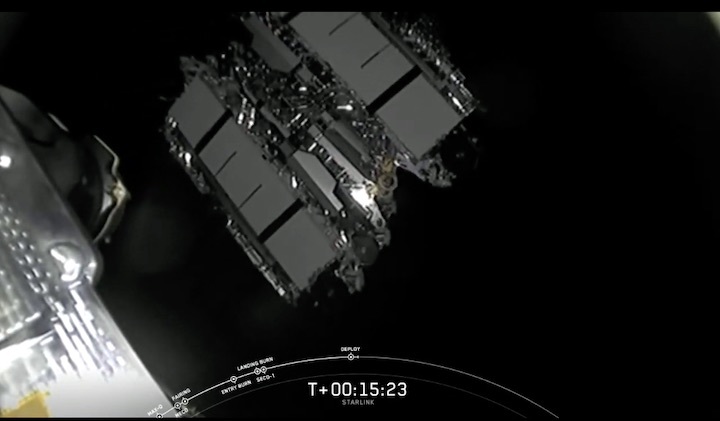
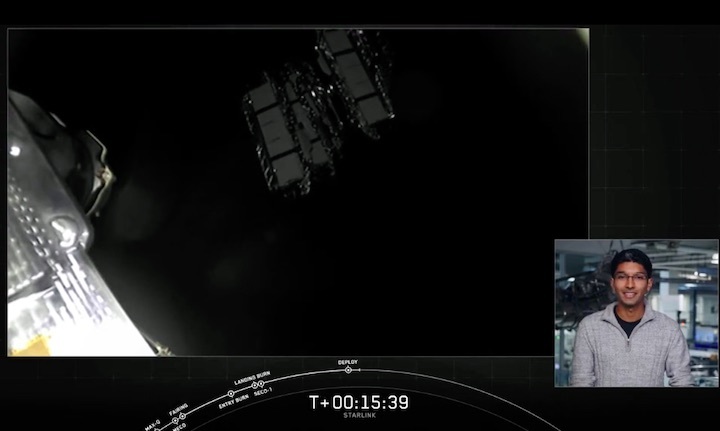
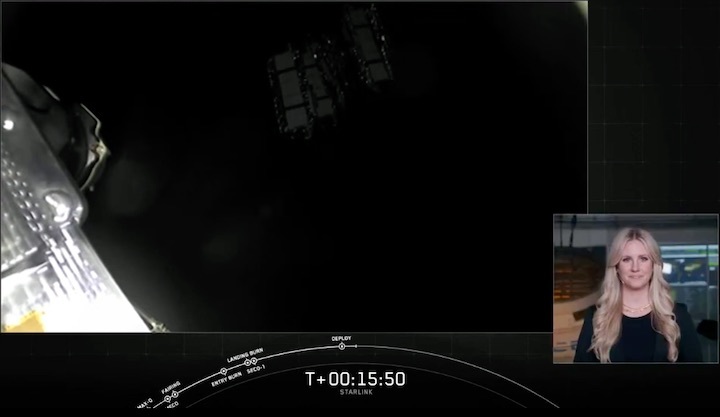
Quelle: SpaceX
+++
SpaceX sets new Falcon 9 reuse milestone on Starlink launch

WASHINGTON — SpaceX set a new milestone in Falcon 9 reuse with the latest Starlink satellite launch Nov. 24 as the company seeks permission to deploy Starlink satellites into a new orbit.
The Falcon 9 rocket lifted off from Space Launch Complex 40 at Cape Canaveral Air Force Station in Florida at 9:13 p.m. Eastern. The rocket’s upper stage released its payload of 60 Starlink satellites into low Earth orbit about 15 minutes later.
The rocket’s first stage landed on a droneship in the Atlantic, completing its record-setting seventh launch. The stage first flew in September 2018 launching the Telstar 18 Vantage satellite, followed by the final Iridium mission in January 2019. The rocket then launched four Starlink missions starting in May 2019, most recently Aug. 18.
The launch was also the 100th overall for the Falcon 9, a total that includes a June 2015 launch failure but not the destruction of another on the pad during preparations for a static-fire test in September 2016.
SpaceX has now launched 955 Starlink satellites, of which 895 are in orbit. The company has started a beta test of the broadband internet service provided by those satellites in the northern U.S. and southern Canada. During the webcast of this launch, the company said it would expand that beta test “in a notable way” in late January or early February.
To date SpaceX has launched Starlink satellites into orbits at an inclination of 53 degrees, maximizing coverage over mid-latitude regions but excluding higher latitudes, including Alaska, northern Canada and northern Europe. The company’s original authorization from the Federal Communications Commission called for other satellites at higher orbits and inclinations, but the company filed a proposed modification in April that would lower all the satellites into orbits between 540 and 570 kilometers, including those in high-inclination orbits.
In a Nov. 17 filing with the FCC, SpaceX sought permission to start launching satellites into sun-synchronous orbit. It requested permission to launch 58 satellites into one of six orbital planes at an inclination of 97.6 degrees as soon as December, arguing that doing so would allow the company to begin to provide broadband service in rural Alaska.
“SpaceX submits this request now because it has an opportunity for a polar launch in December that could be used to initiate its service to some of the most remote regions of the country,” the company stated in the filing, arguing that “launching to polar orbits will enable SpaceX to bring the same high-quality broadband service to the most remote areas of Alaska that other Americans have come to depend upon, especially as the pandemic limits opportunities for in-person contact.”
The company didn’t elaborate on the details of this launch opportunity, but claimed that its request was justified because it had resolved a concern with Amazon about a potential conflict with that company’s proposed Project Kuiper constellation. SpaceX agreed to tighten the orbital tolerances on the Starlink satellites at 570 kilometers such that they would not fly higher than 580 kilometers, avoiding Kuiper satellites at 590 kilometers.
Another satellite operator, though, objected to SpaceX’s proposal. “But commercial expediency is hardly a valid reason for the Commission to bypass the requirements of the Communications Act and grant an application prematurely, in the face of significant doubts as to whether SpaceX has met the public interest standard,” countered Viasat in a Nov. 19 FCC filing.
Viasat, which has criticized the reliability of Starlink satellites in earlier filings, again raised concerns about premature failures of Starlink satellites. It noted there was no evidence the December launch opportunity was the only one for those satellites, particularly since SpaceX controls the launches.
“The Commission should balk at SpaceX’s request to provide it with additional authority that it does not yet need when doing so could endanger orbital safety,” it stated. The FCC has yet to act on SpaceX’s request for the polar launch.
Quelle: SN
